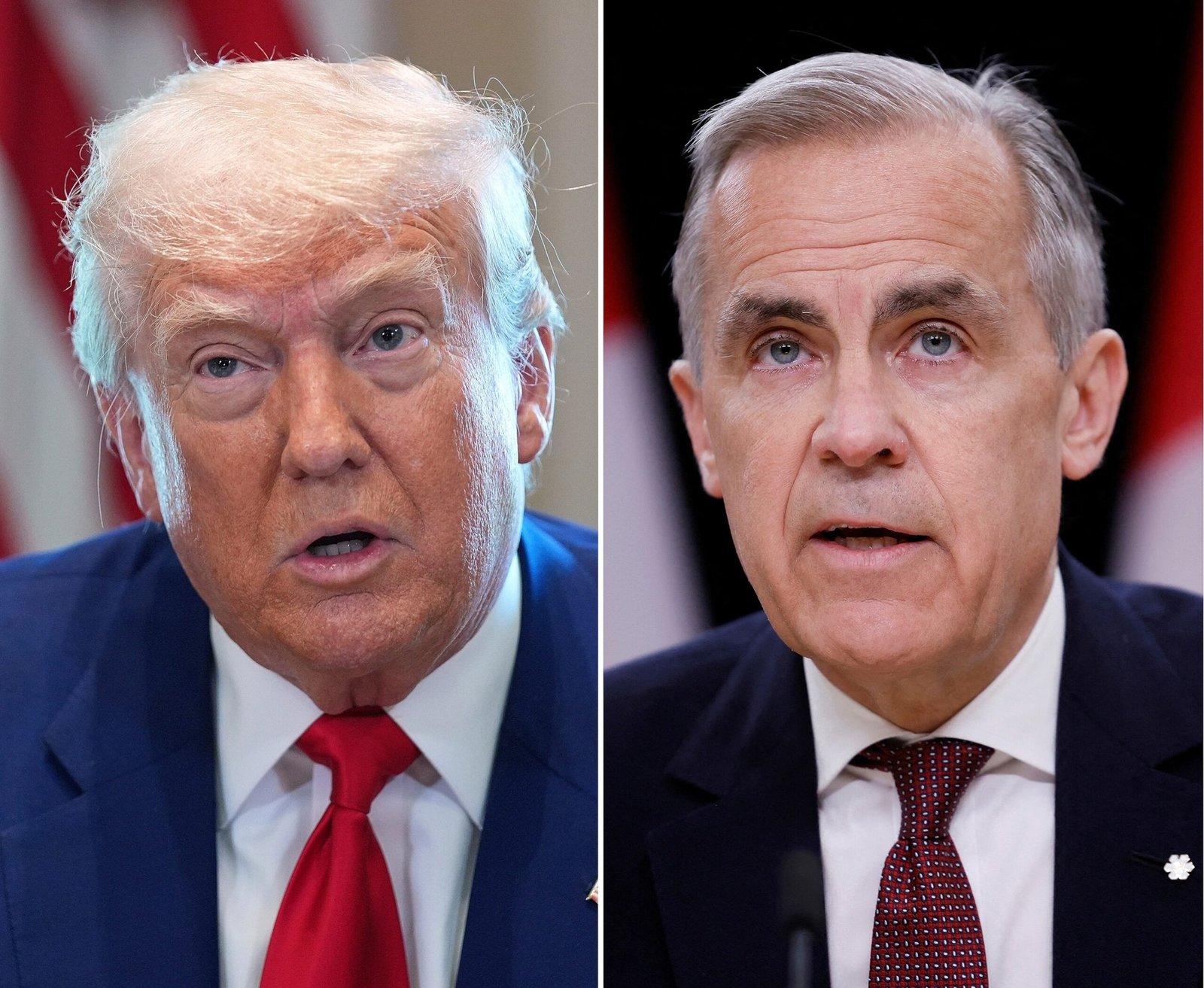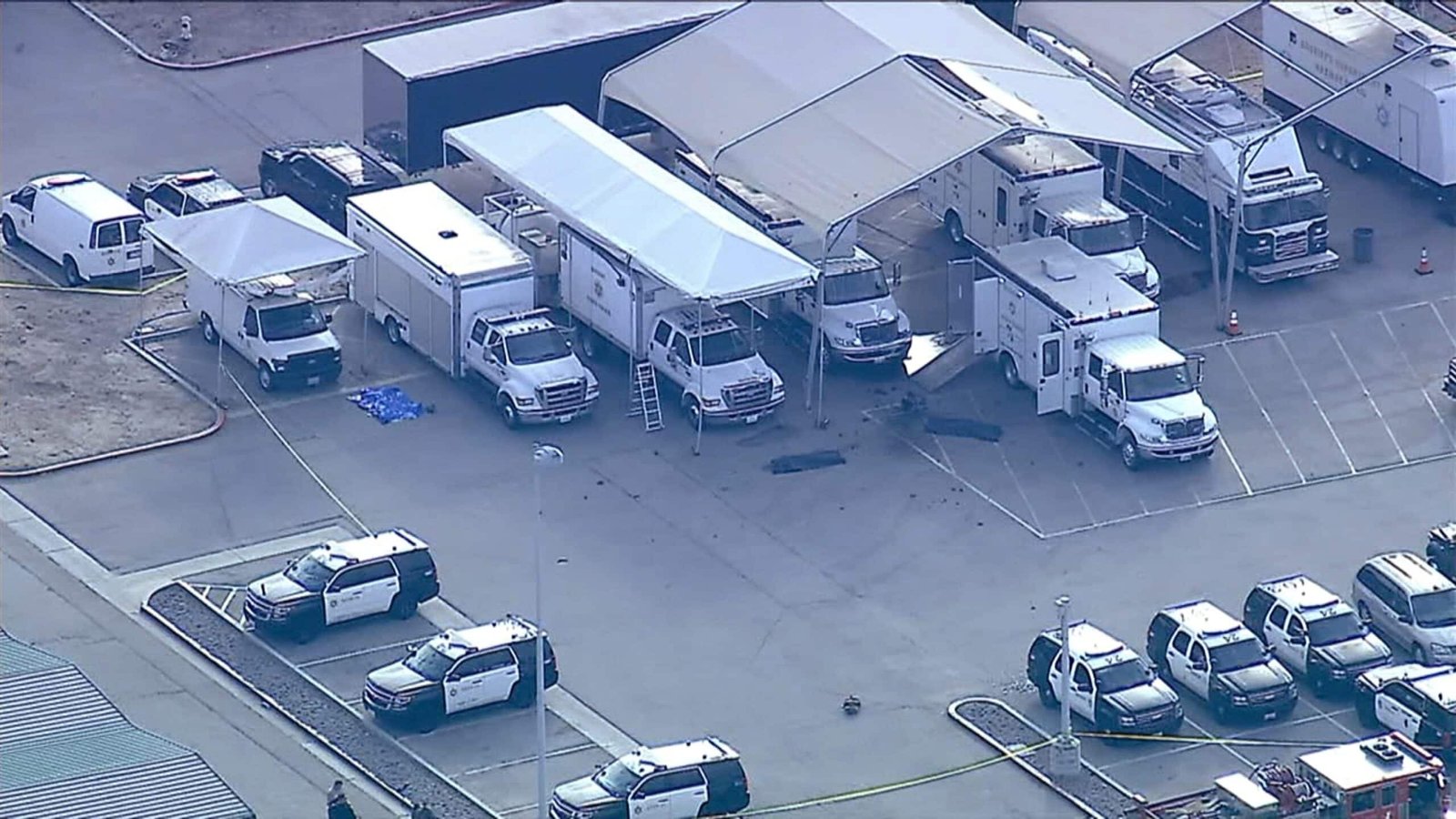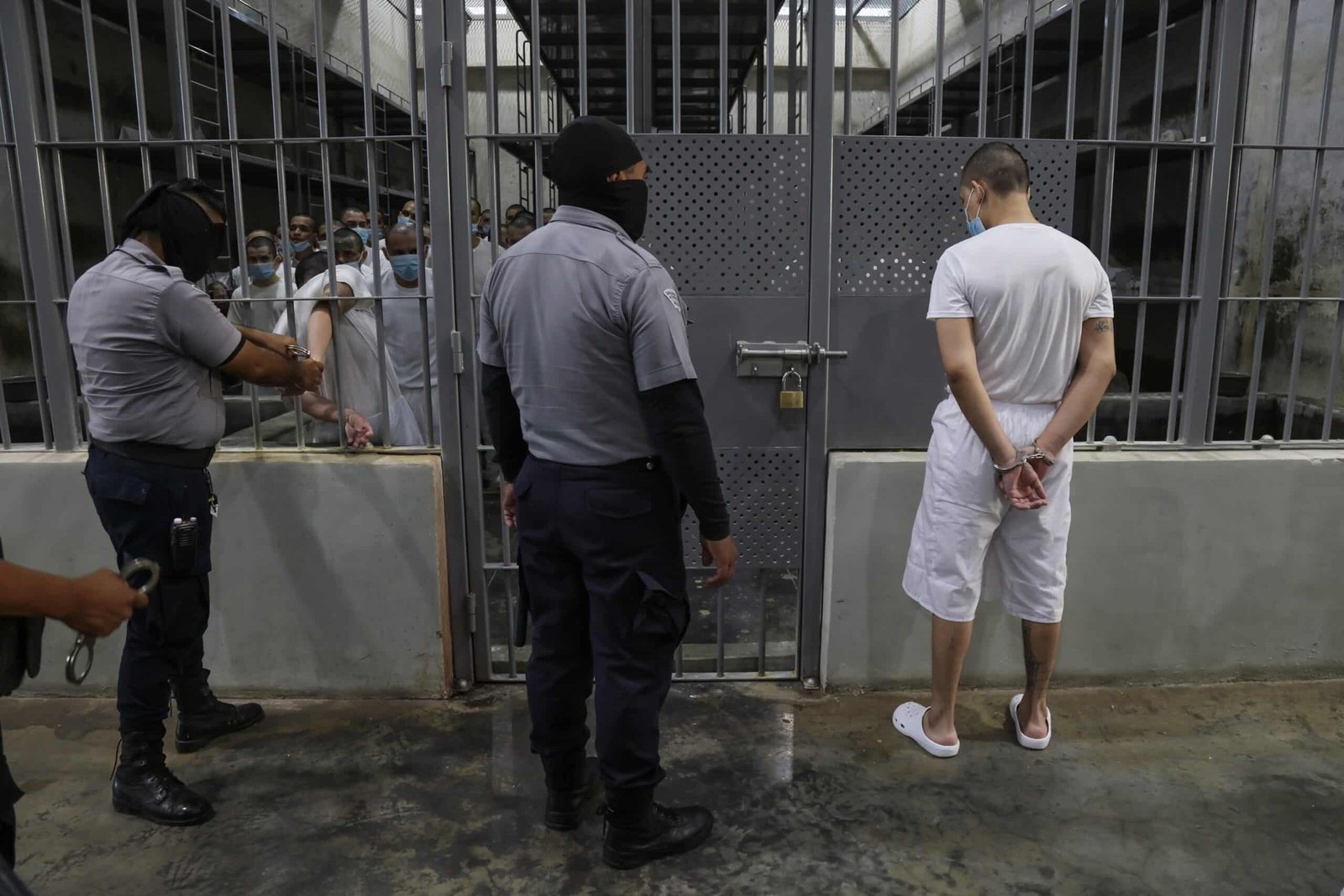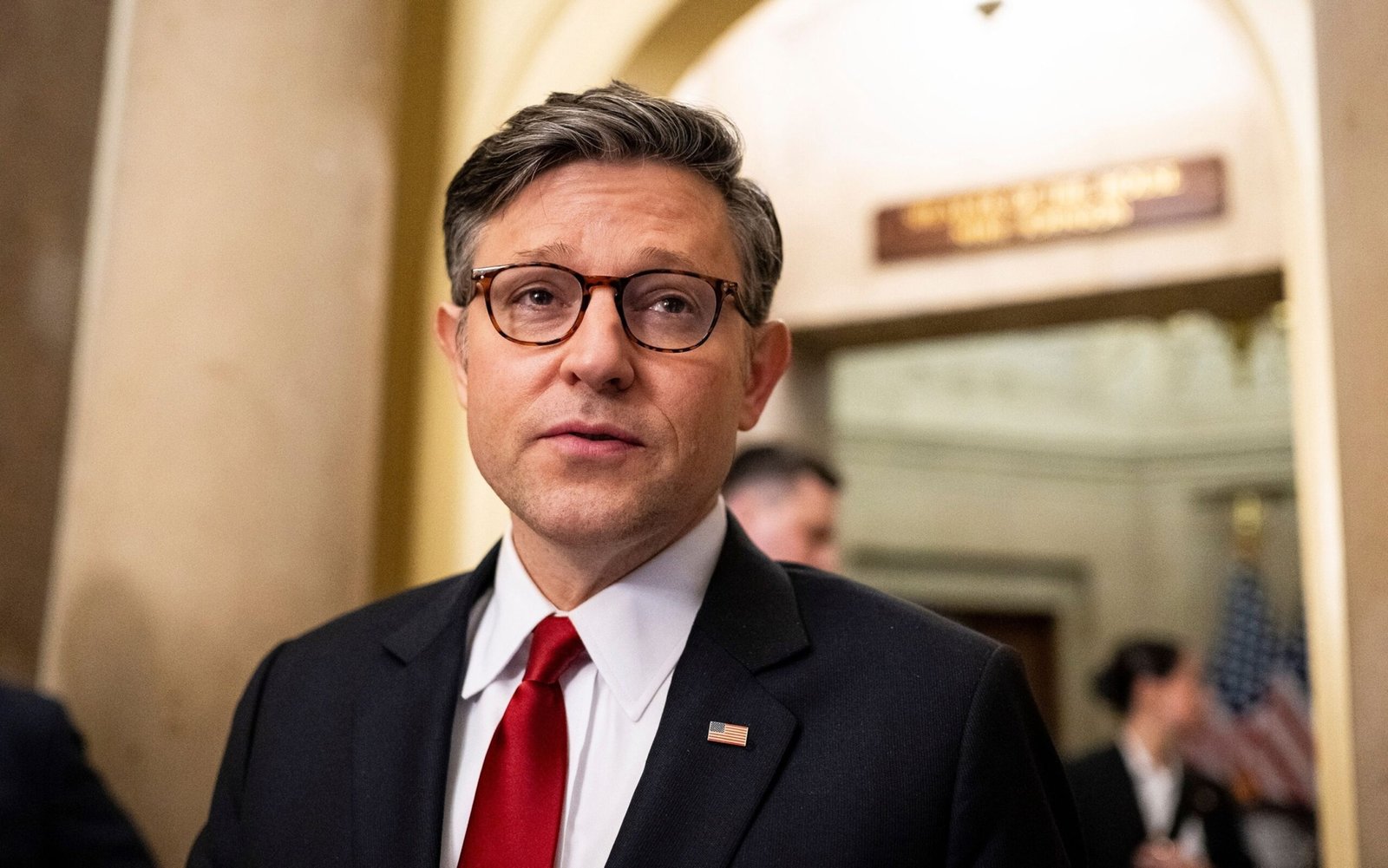President Donald Trump and the Prime Minister of Canada, Mark Carney, meet on Tuesday at the White House for a high risk, and possibly tense, gathering in the midst of a tariff commercial war between the two neighbors and the allies.
The two leaders will greet themselves at 11:30 am et and then will hold a bilateral meeting at the Oval office.
Carney’s visit leaves his electoral victory to replace Justin Trudeau that was partially fed by his Anti-Trump platform.
After his victory, Carney warned the Canadians: “Trump is trying to break us so that the United States can own us. That will never, that will never happen.”
Meanwhile, Trump has had an incessant objective to Canada since he returned to office in January. He is threatened to make Canada State 51 and slapped tariffs pronounced to the nation, which is one of the largest commercial partners in the United States.
Trump has said that “he is not sure” of what the prime minister wants to discuss, but added that Canada “wants to make an agreement”, while Carney said on Friday that they will focus on “commercial pressures and the future economic relationship and future security.”

President Donald Trump, in Washington, on April 30, 2025 and the Prime Minister of Canada, Mark Carney, in Ottawa, Canada, on May 2, 2025.
AP/Reuters
“I am not pretending that these discussions will be easy, they will not proceed in a straight line,” said Carney last week. “There will be ups and downs, Zigzags on the road. But as I said in my comments, I will fight for the best possible treatment for Canada. I will only accept what is best for Canadians, and I will take as long as necessary to achieve it.”
The historically friendly relationship between the United States and Canada is now nervous. Trump and Carney face to the Oval office could produce progress in the ease of tariffs or force the relationship even more.
An advantage for Carney compared to its predecessor in this meeting is its lack of history with Trump. Trudeau left his position with a bruised relationship with the president, who repeatedly trollled as “governor” instead of prime minister. The two leaders could not resolve a tariff agreement.
A 25% tariff imposed by Trump continues in its place for Canadian goods that do not comply with the United States-México-Canada (or USMCA) agreement, as well as a 10% rate on Canadian oil imports and 25% of the rate of all cars, auto parts, steel and aluminum.
The retaliation action of Canada includes a 25% rate on vehicles imported from the US. In March, Canada imposed retaliation rates worth $ 21 billion were applied in items such as American orange juice, whiskey, peanut butter, coffee, appliances, footwear, cosmetics, motorcycles and certain pulp and paper products.
Canada also has a lot to lose if Trump continues with the threat of imposing 100% tariffs on films produced outside the United States.






